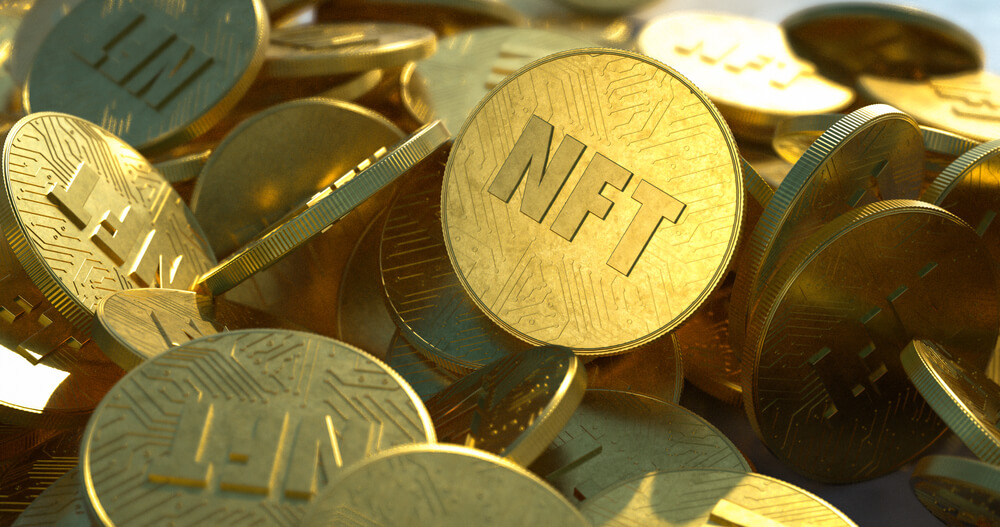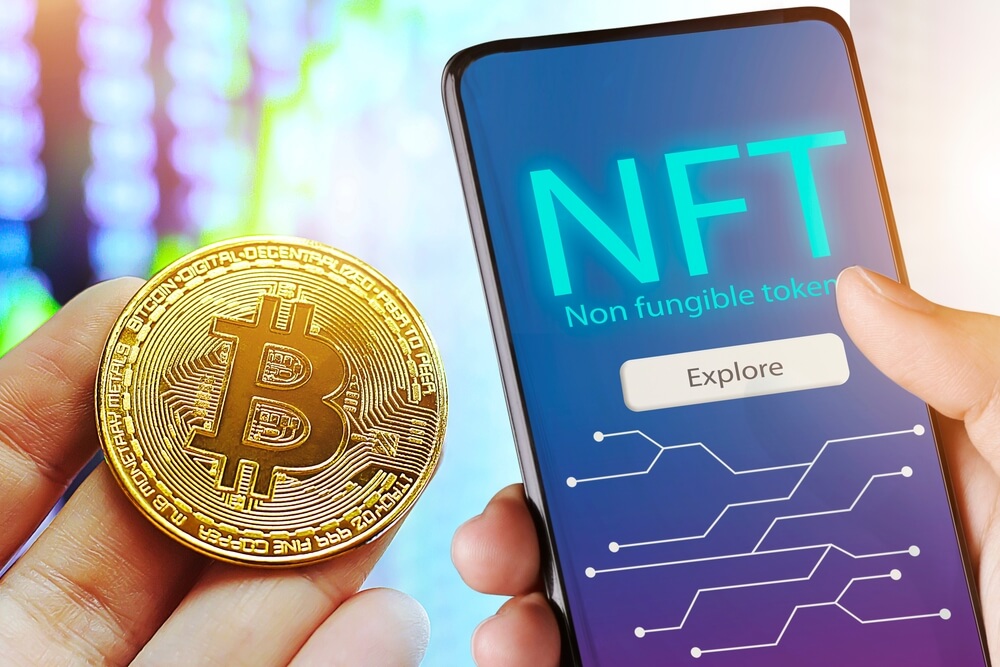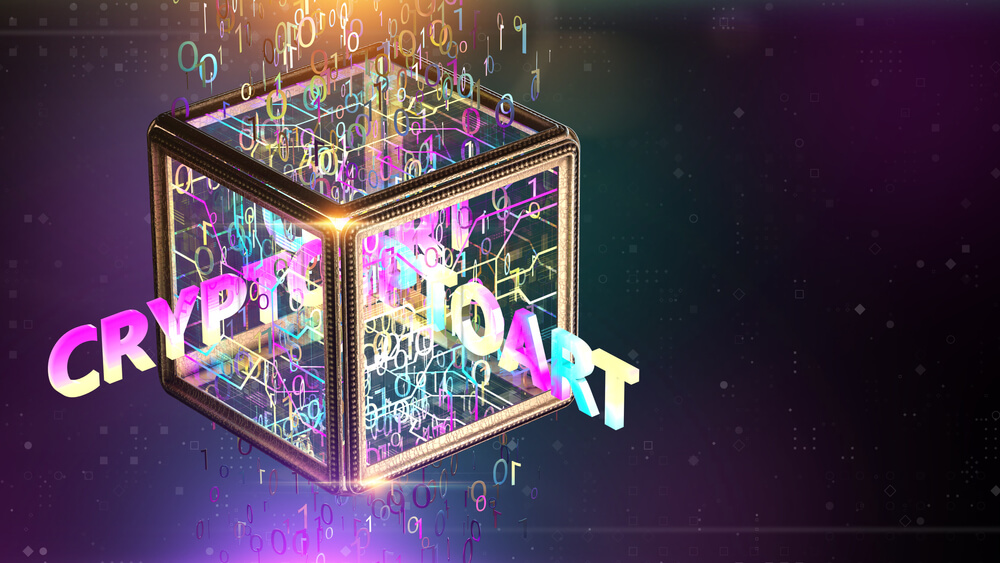In the dynamic realm of digital assets, Non-Fungible Tokens (NFTs) have emerged as a groundbreaking phenomenon, captivating the attention of artists, collectors, and investors alike. In this blog post, the organizers of the World Web3 Conference aim to unravel the intricacies of NFTs, exploring what they are, how they work, and the broader impact they are making in the world of art, entertainment, and beyond.
Understanding NFTs: Beyond the Buzzword

At its core, a Non-Fungible Token (NFT) represents a unique, indivisible digital asset that is stored on a blockchain, typically using the Ethereum blockchain’s ERC-721 standard. Unlike traditional cryptocurrencies such as Bitcoin or Ethereum, which are fungible and can be exchanged on a one-to-one basis, NFTs are distinct and irreplaceable, each carrying a unique identifier that sets it apart.
Delving deeper into the core of Non-Fungible Tokens (NFTs), it’s crucial to recognize that their uniqueness extends beyond the mere representation of ownership. Each NFT encapsulates a rich digital identity, encompassing not only ownership details but also specific attributes that define its character. These attributes, often coded into the NFTs smart contract, can include details such as the creator’s signature, creation date, or even dynamic elements that change over time.
Furthermore, the indivisibility of NFTs adds to their allure. Unlike traditional assets that can be divided into smaller units, NFTs maintain their integrity as a whole. This characteristic is particularly noteworthy in the art world, where the integrity of an entire piece contributes significantly to its value. As we navigate the burgeoning NFT landscape, understanding these nuanced aspects of digital uniqueness and indivisibility enriches our appreciation for the profound impact NFTs are making in reshaping the dynamics of ownership in the digital age.
What Makes an NFT Unique?
The uniqueness of an NFT stems from the already-discussed ability to represent ownership and authenticity of a specific digital or physical asset. Whether it’s digital art, music, virtual real estate, or even real-world assets like real estate, NFTs serve as a digital certificate of ownership, providing proof of authenticity and scarcity.
How Do NFTs Work?
NFTs revolutionize ownership by harnessing the power of blockchain technology, a decentralized and secure digital ledger that underpins their entire existence. The blockchain acts as a distributed database, eliminating the need for a central authority and ensuring transparency, security, and reliability in the ownership verification process.
When an NFT is minted or created, it initiates a series of actions governed by a smart contract—a self-executing piece of code that resides on the blockchain. This smart contract serves as the digital backbone, encoding not only the ownership details but also the unique characteristics of the asset. These characteristics could encompass anything from the artist’s name and creation date to intricate details defining the essence of the digital or physical object being tokenized.
The smart contract plays a pivotal role in making the ownership information transparent. Through its execution on the blockchain, the details become publicly accessible, allowing anyone to verify the authenticity and provenance of the NFT. This transparency is a stark departure from traditional ownership records, often obscured by layers of intermediaries and bureaucratic processes.
Moreover, the immutability of blockchain ensures that once the ownership details are recorded, they remain unalterable. The term “immutable” in this context signifies that the information is resistant to modification or tampering. This quality is a game-changer for provenance, providing a secure and permanent record of ownership that cannot be manipulated. It brings unprecedented trust to the digital realm, assuring both creators and collectors that the recorded ownership history is reliable and incorruptible.
The tamper-proof nature of NFTs, facilitated by smart contracts on the blockchain, safeguards against fraudulent activities. Attempts to alter ownership records or create counterfeit tokens are inherently challenging due to the distributed and secure nature of the technology. This tamper-proof characteristic instills confidence in buyers and collectors, assuring them that the NFT they own is genuine and has an authentic link to the creator or originator.
The NFT Crypto Craze: From Digital Art to Virtual Real Estate
While the concept of NFTs has been around for a few years, it was catapulted into the mainstream by the explosion of digital art sales in early 2021. Artists, previously limited by traditional art markets, found a new platform to showcase and sell their work directly to a global audience. Digital artworks, often accompanied by an associated NFT, became highly sought after, fetching impressive prices in the crypto market.
Beyond digital art, NFTs have expanded into various domains. Music artists are releasing exclusive tracks as NFTs, allowing fans to own a piece of their favorite songs. Virtual real estate in decentralized metaverses is being bought and sold as NFTs, giving rise to a new form of digital property ownership. Even moments in sports known as “NBA Top Shots,” have become collectible NFTs, offering fans a unique way to own iconic highlights from basketball games.
Challenges and Criticisms Surrounding NFTs
Despite their rapid rise to prominence, NFTs have faced their fair share of challenges and criticisms. Environmental concerns related to the energy consumption of blockchain networks, especially those using proof-of-work consensus like Ethereum, have sparked debates about the sustainability of NFTs. Additionally, issues of copyright infringement, the potential for market speculation, and questions about the long-term value of digital assets in the NFT space are subjects of ongoing discussions.
NFTs and the Future of Ownership

As we peer into the future, the impact of Non-Fungible Tokens (NFTs) on the concept of ownership emerges as a transformative force, promising to redefine how creators, collectors, and the broader digital community engage with unique assets. NFTs serve as catalysts for change, empowering creators and collectors in ways previously unimaginable.
Creators stand to benefit immensely from the NFT revolution. The technology provides creators with unprecedented avenues for monetization and exposure, liberating them from traditional constraints. Artists, musicians, writers, and other content creators can tokenize their work, reaching global audiences without the need for intermediaries. This direct connection between creators and consumers not only enhances the artist’s ability to profit from their work but also fosters a deeper relationship with their audience.
For collectors, NFTs offer more than just ownership; they provide direct access to unique and verifiable digital assets. The authenticity and transparency embedded in NFTs ensure that collectors can confidently trace the origin and history of their acquisitions. This shift from mere possession to provable ownership enhances the value of digital assets, making them more than just ephemeral files but rather cherished and verified pieces in a collector’s portfolio.
Crucially, NFTs have the potential to democratize ownership, dismantling traditional barriers that often hinder artists and creators from reaching broader markets. Through decentralized platforms, creators from diverse backgrounds can showcase and monetize their work, creating a more inclusive global market for digital content. This democratization extends beyond traditional art forms, reaching into realms like virtual real estate, gaming assets, and more, unlocking possibilities for a multitude of creators.
As the NFT space continues to evolve, there is a growing awareness of the environmental impact associated with blockchain technologies, particularly those employing energy-intensive consensus mechanisms like proof-of-work. The future of NFTs may see a transition to more eco-friendly consensus mechanisms, addressing concerns about sustainability and aligning with broader environmental goals. This shift could further enhance the appeal of NFTs as a responsible and sustainable form of digital ownership.
Additionally, the maturation of the NFT ecosystem may witness increased regulation and standardization. Clearer guidelines and standards within the NFT space could provide a more secure environment for both creators and collectors. Regulatory frameworks may safeguard against fraudulent activities, ensuring that the NFT market operates with integrity and accountability and fostering trust among participants.
NFTs in the Digital Renaissance
Non-fungible tokens represent a digital renaissance, redefining the way we perceive, own, and interact with digital assets. From transforming the art world to creating new possibilities in music, gaming, and beyond, NFTs have opened doors to a decentralized and inclusive era of ownership. As the NFT space matures, addressing challenges and embracing responsible practices will be crucial in shaping a sustainable and equitable future for digital ownership. The journey into the world of NFTs is both thrilling and transformative, offering a glimpse into a future where ownership is not confined by physical boundaries but extends into the vast and limitless realm of the digital.


